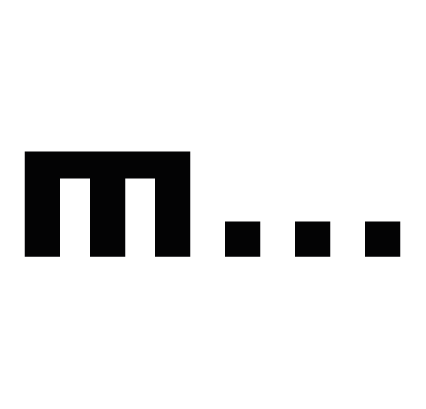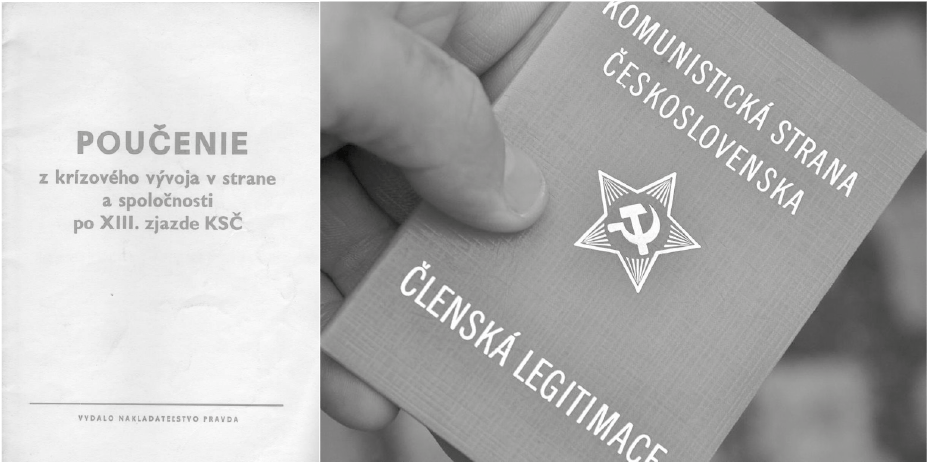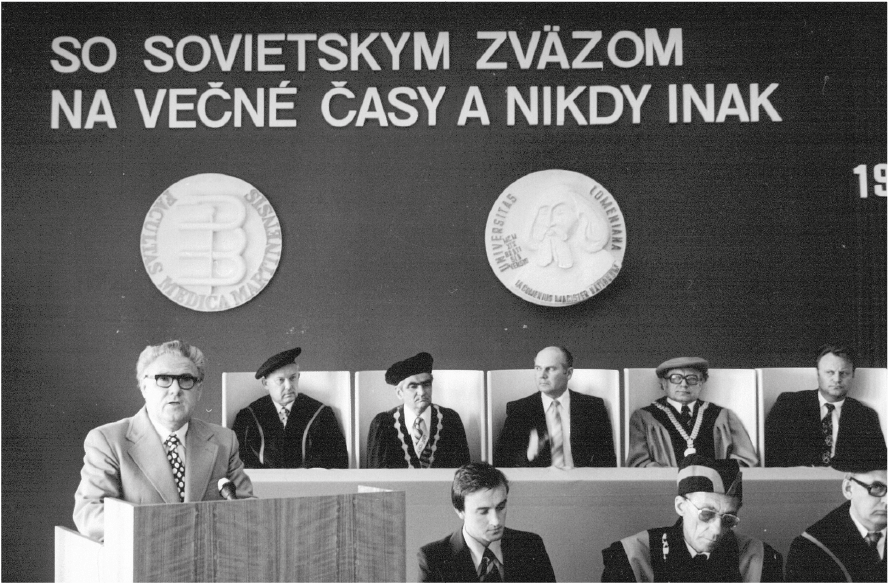When talking about Normalization we talk about the period of the communist regime after the military suppression of the so-called Prague Spring in 1968, i.e. the re-introduction of the „Brezhnev“ type of the communist regime in the Czechoslovak Socialist Republic (CSR). In April 1969 a leadership of the Communist Party of Czechoslovakia (CPC) headed by Gustáv Husák, which was completely loyal to Moscow, came to power. The regime was not as harsh as in the 1950s, yet it still persecuted its opponents mainly by restricting the opportunities of adequate social application. The citizens, which the regime again enclosed behind the Iron Curtain (i.e. did not allow them to travel freely), were made into a seemingly loyal body that did not voice their political opinions. The main tools of persecution were the political cleansings in the communist party and society. For this purpose, the communist regime established 70 217 inspection committees with a total of 235 270 members.
In December 1970, the plenum of the Central Committee of the Communist Party of Czechoslovakia approved a document which was long awaited by the Soviet Union – „Poučenie z krízového vývoja v strane a spoločnosti po XIII. zjazde KSČ“ (Lessons from the crisis development in the party and society after the XIII. Congress of the Communist Party of Czechoslovakia). The inspection committees were appointed by top brass, included only the members of the party apparatus and their decision had to be approved by a superior party administrative body. In 1970, 326 817 members were expelled or crossed out from the communist party, which accounted to 21,7% of members. In 1968 and 1969 a further 146 914 members left the CPC voluntarily, lowering the total number of CPC members by 473 731. In Slovakia, 53 206 members lost their membership card, which accounted to 17,5% of members. The main groups which were affected included the members of the intelligentsia, workers of the Slovak Academy of Sciences, universities, publishing companies, media and state offices. Active non-party members were not left alone. The employees of schools, companies or institutes were required to fill out various questionnaires and appear before local inspection committees in social organizations. Subsequently, a part of them was, for their opinions and attitude, relocated to lower managerial positions or fired outright.




